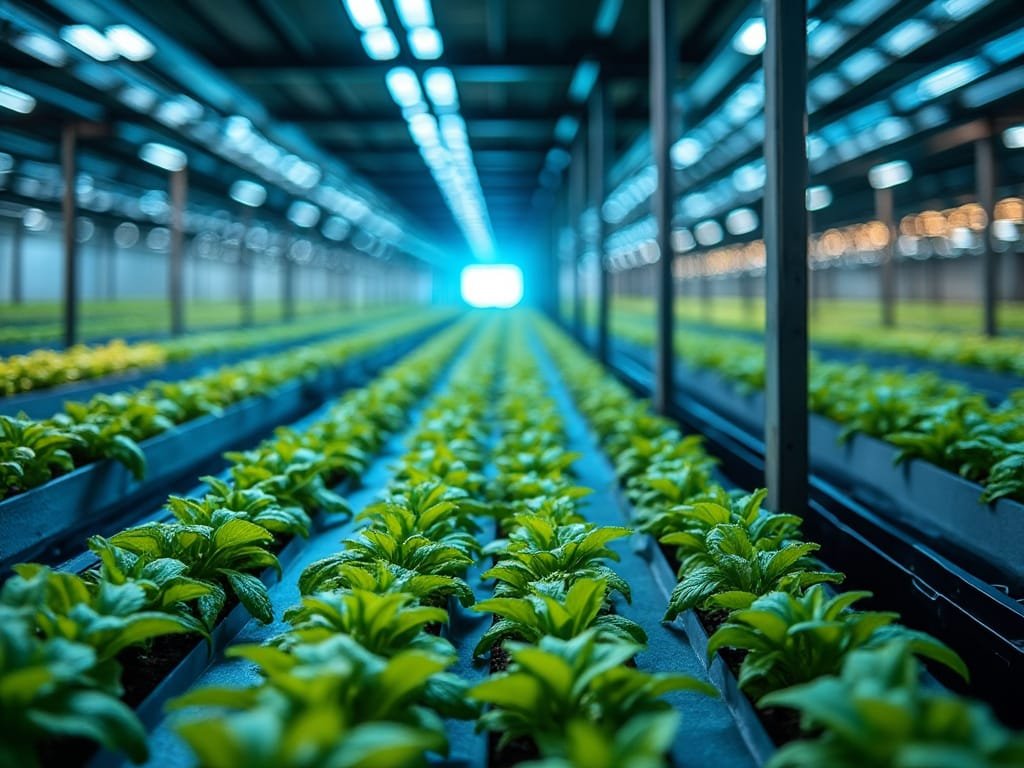
Agriculture in the United States is undergoing a technological renaissance. As farmers strive to meet the demands of a growing population and the challenges of climate change, AgTech (Agricultural Technology) innovations are stepping in to revolutionize the farming landscape. In 2024, ten groundbreaking technologies are making waves, enhancing productivity, sustainability, and profitability for American farmers. Let’s dive into these game-changing innovations that are shaping the future of U.S. agriculture.
1. Precision Agriculture with AI and Machine Learning
Precision agriculture leverages artificial intelligence (AI) and machine learning to optimize farming practices. By analyzing data from various sources like satellite imagery, soil sensors, and weather forecasts, AI-driven systems provide actionable insights. Farmers can make informed decisions on planting, irrigation, fertilization, and pest control, resulting in higher yields and reduced resource usage.
2. Autonomous Tractors and Robotics
Autonomous tractors and farming robots are transforming labor-intensive tasks. These self-driving machines can plow, seed, and harvest with minimal human intervention. Equipped with GPS and advanced sensors, they ensure precision and efficiency, significantly reducing labor costs and increasing operational uptime.
3. Drones for Crop Monitoring and Management
Drones have become indispensable tools for modern farmers. They provide high-resolution aerial imagery, allowing for real-time monitoring of crop health, soil conditions, and irrigation systems. Drones can also be equipped with spraying systems to apply fertilizers and pesticides precisely where needed, minimizing waste and environmental impact.
4. Internet of Things (IoT) for Smart Farming
The Internet of Things (IoT) connects various farming devices and sensors, enabling seamless data collection and communication. IoT-enabled devices monitor everything from soil moisture and temperature to livestock health. This interconnected network allows farmers to manage their operations remotely, ensuring optimal conditions and timely interventions.
5. Vertical Farming and Controlled Environment Agriculture (CEA)
Vertical farming and Controlled Environment Agriculture (CEA) are revolutionizing urban farming. These systems use stacked layers and controlled climates to grow crops year-round, independent of traditional farming limitations. They significantly reduce land usage, water consumption, and transportation costs, making fresh produce more accessible in urban areas.
6. Blockchain for Supply Chain Transparency
Blockchain technology is enhancing transparency and traceability in the agricultural supply chain. By recording every transaction and movement of goods on an immutable ledger, blockchain ensures the authenticity and quality of products. This technology helps build trust with consumers and streamlines processes for farmers and distributors.
7. Renewable Energy Solutions for Sustainable Farming
Renewable energy sources like solar and wind power are becoming integral to sustainable farming practices. Farms are increasingly adopting solar panels and wind turbines to generate their own energy, reducing dependence on fossil fuels and lowering operational costs. These green energy solutions also contribute to a smaller carbon footprint.
8. CRISPR and Genetic Engineering for Crop Improvement
CRISPR and other genetic engineering technologies are enabling the development of crops with enhanced traits such as drought resistance, pest immunity, and higher nutritional value. These advancements help farmers combat the adverse effects of climate change and improve food security by increasing crop resilience and productivity.
9. Farm Management Software and Mobile Apps
Comprehensive farm management software and mobile applications are empowering farmers with data-driven tools to manage their operations efficiently. These platforms offer features like financial tracking, inventory management, and predictive analytics, allowing farmers to streamline their workflows and make strategic decisions based on real-time data.
10. Advanced Irrigation Systems with Water Conservation Technologies
Water scarcity is a critical issue in agriculture, and advanced irrigation systems are addressing this challenge head-on. Technologies such as drip irrigation, automated sprinklers, and soil moisture sensors ensure that crops receive the right amount of water at the right time. These systems not only conserve water but also enhance crop health and yield.
Conclusion
The integration of these ten AgTech innovations is transforming U.S. agriculture, making it more efficient, sustainable, and resilient. As technology continues to evolve, American farmers are better equipped to tackle the challenges of modern farming and meet the demands of a dynamic market. Embracing these advancements not only boosts productivity and profitability but also paves the way for a more sustainable and secure agricultural future.